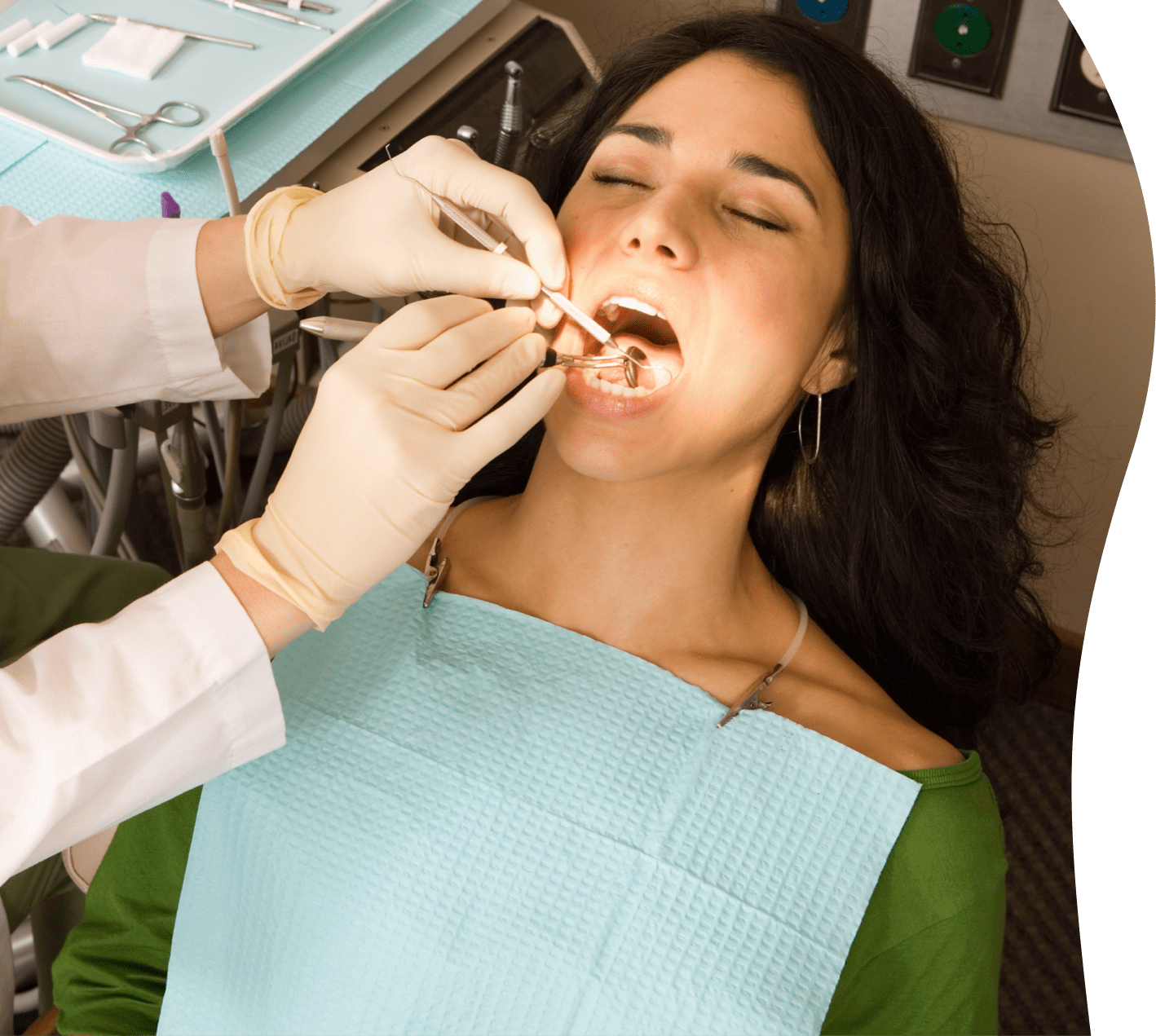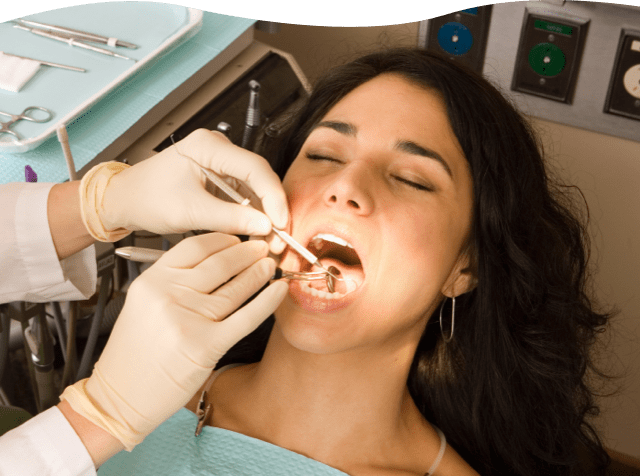The unpredictability of periodontitis
Periodontitis is known for its episodic nature, its targeting of specific sites in the mouth, and its varying degrees of severity. These characteristics make it difficult to predict the course and length of the disease, as well as who it might more adversely affect.1 Because everyone’s immune system is unique, patients don’t all respond the same to periodontal disease or treatment plans.
Factors that contribute to periodontal health2
Factors that could contribute to periodontal health fall into 3 major categories. Some are controllable, while others are not.
- Supragingival plaque composition
- Subgingival biofilm composition
- Localized factors such as periodontal pockets, dental restorations, root anatomy, & tooth position and crowding
- Systemic factors like immune function & overall health
- Genetics
- Smoking
- Medications
- Nutrition
Did you know?
Leaving behind as little bacteria as possible enhances the likelihood of a successful treatment outcome4


Treat comprehensively at the first sign of infection
Scaling and root planing (SRP), or debridement, is a standard of care for helping to slow periodontal disease progression. But there are physical limitations to SRP in hard-to-reach areas.5 When plaque is missed, bacterial pathogens can begin to recolonize a site within days.6 Active periodontal disease flare-ups can result in cumulative destruction to the periodontium.7
Considering these challenges, there are several treatments available that can be added to SRP such as oral and locally applied antibiotics, and laser therapy.8,9 Using a strong defense with every patient at the first sign of periodontal disease allows for comprehensive disease management and may provide the opportunity for fewer associated health complications and financial complications down the road.
Have support on hand for your patient conversations
Use the MyPerioHealth assessment tool to help guide your oral health discussions with patients in the chair.
Stay in touch
Sign up to receive emails from Back to Basics
REFERENCES: 1. Kinane DF, Stathopoulou PG, Papapanou PN. Periodontal diseases. Nat Rev Dis Primers. 2017;3:17038. 2. Lang NP, Bartold PM. Periodontal health. J Periodontol. 2018;89(Suppl 1):S9-S16. 3. He JY, Qi GG, Huang WJ, et al. Short-term microbiological effects of scaling and root planing and essential-oils mouthwash in Chinese adults. J Zhejiang Univ Sci B. 2013;14(5):416-425. 4. Teles RP, Haffajee AD, Socransky SS. Microbiological goals of periodontal therapy. Periodontology 2000. 2006;42(1):180-218. 5. Sanz I, Alonso B, Carasol M, Herrera D, Sanz M. Nonsurgical treatment of periodontitis. J Evid Based Dent Pract. 2012;12(3 Suppl):76-86. 6. Lowenguth RA, Greenstein G. Clinical and microbiological response to nonsurgical mechanical periodontal therapy. Peridontol 2000. 1995;9:14-22. 7. Könönen E, Gursoy M, Gursoy UK. Periodontitis: a multifaceted disease of tooth-supporting tissues. J Clin Med. 2019;8(8):1135. 8. Wilson TG Jr, Kornman KS, McGuire MK, et al. Treating chronic periodontitis with early or moderate attachment loss. In: Wilson TG Jr, Kornman KS, eds. Fundamentals of Periodontics. 2nd ed. Quintessence Publishing Co, Inc.; 2003:368-429. 9. Non-surgical treatments. American Academy of Periodontology. Accessed March 29, 2022. https://www.perio.org/for-patients/periodontal-treatments-and-procedures/non-surgical-treatments/